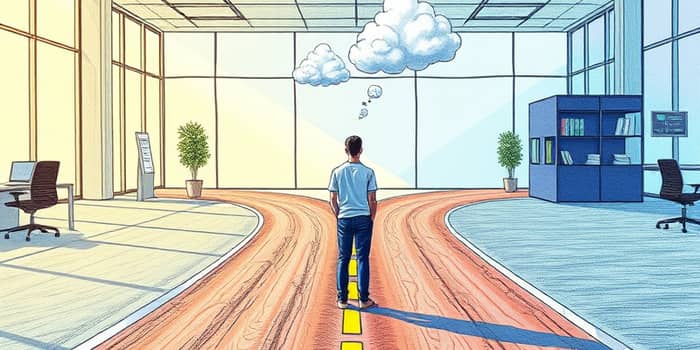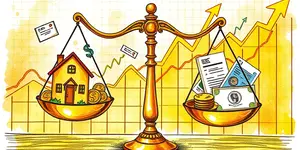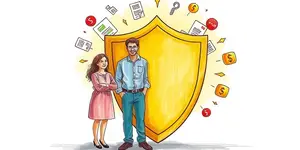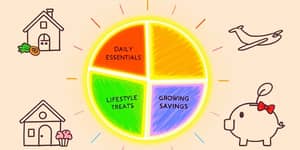
Every day, individuals and organizations are faced with countless choices. Some of these decisions, taken on impulse, can lead to regrettable outcomes, wasted resources, or missed opportunities. By intentionally adding pauses or “speed bumps” into our decision processes, we create an environment where snap judgments are tempered by reflection. This concept, known as friction, leverages insights from behavioral economics, psychology, and neuroscience to help us choose more deliberately and wisely.
Human minds are wired for efficiency. Much of what we do is governed by System 1 thinking—rapid, intuitive, and largely unconscious. This mode excels in routine tasks but can lead to biased or rash decisions when stakes are high. In contrast, System 2 engages deliberate mechanisms that encourage deeper analysis, requiring effort and time. By introducing friction, we nudge decisions from the impulsive System 1 into the reflective System 2.
Consider the way our brains process information: in the blink of an eye, we categorize, judge, and act. Yet research shows that when a brief pause is enforced, emotional responses can be tempered, and rational thought gains ground. These built-in delays function as a cooling-off period, reducing the risk of later regret and promoting higher satisfaction with our choices.
Friction offers a wealth of benefits across personal, organizational, and societal contexts. It prevents groupthink by inviting diverse viewpoints and challenge, it clarifies goals by forcing us to articulate our intentions, and it curbs undesirable behavior by making hasty actions less convenient.
Embedding the right amount of friction requires creativity and balance. The goal is not to paralyze decision-making but to enrich it with moments for evaluation and insight. Below are proven interventions to integrate into daily workflows or policy design.
While friction can be transformative, excessive barriers risk frustration, decision paralysis, and missed opportunities. The art lies in finding the equilibrium: enough impedance to discourage rash actions, yet not so much that progress grinds to a halt.
Too little friction exposes us to biases and impulsivity. Too much friction saps motivation and can lead individuals or teams to avoid decisions altogether. By continuously monitoring outcomes—such as decision speed, satisfaction levels, and error rates—we can calibrate the level of friction to achieve optimal performance.
In a world that prizes speed and efficiency, it may seem counterintuitive to slow down. Yet, by thoughtfully designing small obstacles into our processes, we harness the power of reflection and rational thought. Leaders, teams, and individuals can foster a culture of intentional decision-making that not only reduces costly errors but also builds resilience and intentional decision-making skills.
Next time you face a spontaneous urge—to click “buy,” hit “send,” or green-light a risky project—pause and ask what friction you might introduce. That slight delay could be the difference between fleeting impulse and lasting success.
References













